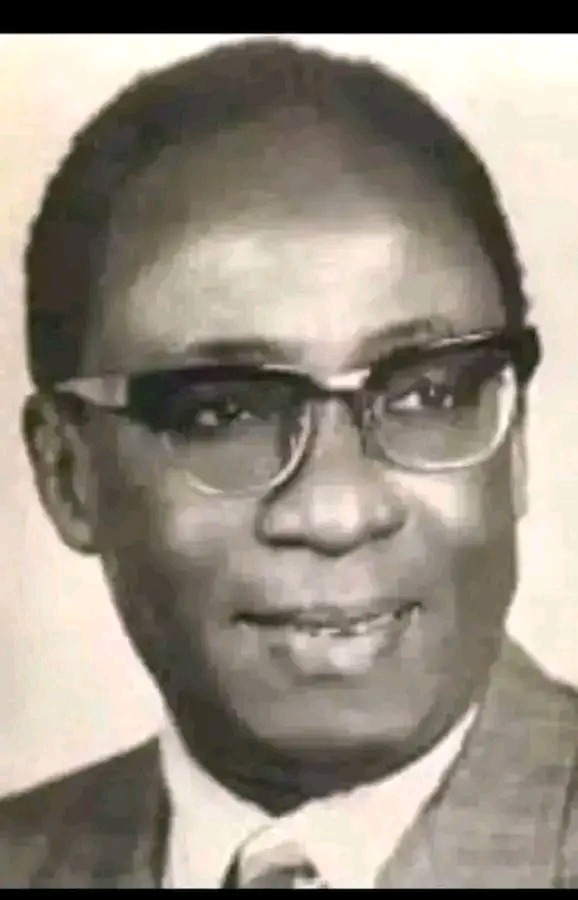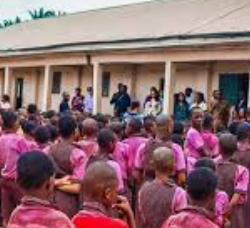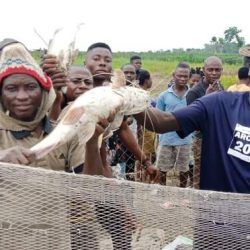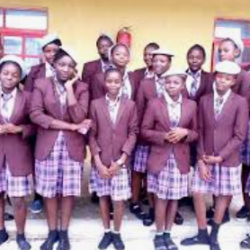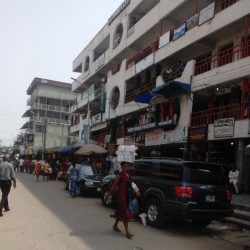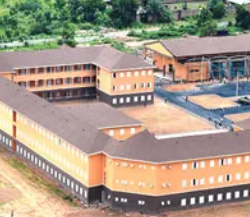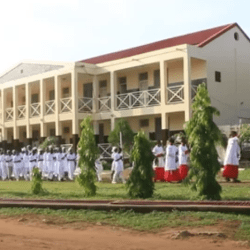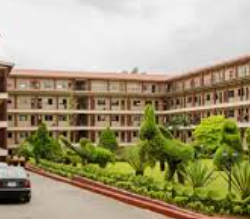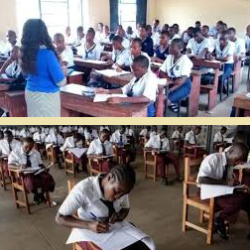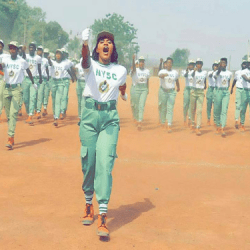The Igbo people of Delta State according to Dennis Osadebe in the book, Building A Nation, Nnebisi was the son of an Nteje woman, Diaba, who had gotten pregnant for an Igala man, Ojobo
Nnebisi grew up in Nteje thinking he was of the kindred, but one day, after a quarrel, he was told that his father was not from there, so he could not take part in land sharing.
He thus left Nteje with his followers, and followed a route which brought him to the great river.
If you look at a map of those areas, it is quite easy to trace the route taken by Nnebisi, which must have taken him through Nsugbe, and then along the Anambra River (Ọma Mbala), and then t the point where the Anambra River joins the Niger River.
That precise point where the Anambra River joins the Niger River, is coincidentally, the precise point where you can take an eight minute boat ride and land at Cable Point in Asaba.
Nnebisi and his people crossed, landed at Ikpele Nmili and decided to plant their crops there for the year.
A year later, after a great harvest was (of course the area is rich in alluvial soils brought from upstream by the river), they decided to settle there.
Nnebisi called the place Ani Ahaba (We have settled in this land), and four hundred years later, some white chap hearing the name that the natives called their land, wrote Asaba in his map, and not Ahaba.
That man was Carlo Zappa, an Italian priest who was appointed Prefect of the Upper Niger by the Catholic Church.
Zappa spent a lot of time converting the natives in both Asaba and Onitsha, and all the way to Ojoto, East of the Niger, and Agbor, West of the Niger.
A look through Catholic records during the Ekumeku resistance will show that at the turn of the century, most of the Catholic priests in what is now the Diocese of Issele Uku in Delta State, came from the Onitsha area, as they were all under the same ecclesiastical province
